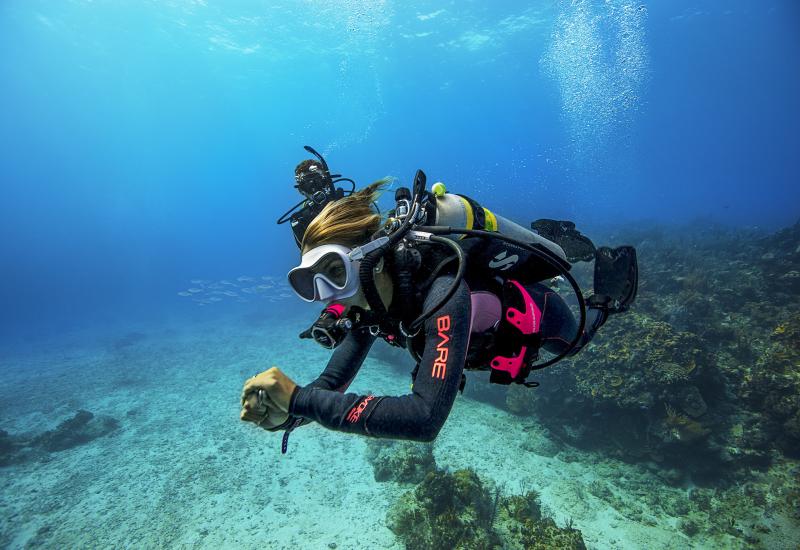How To Customize Your Scuba Gear for Max Performance
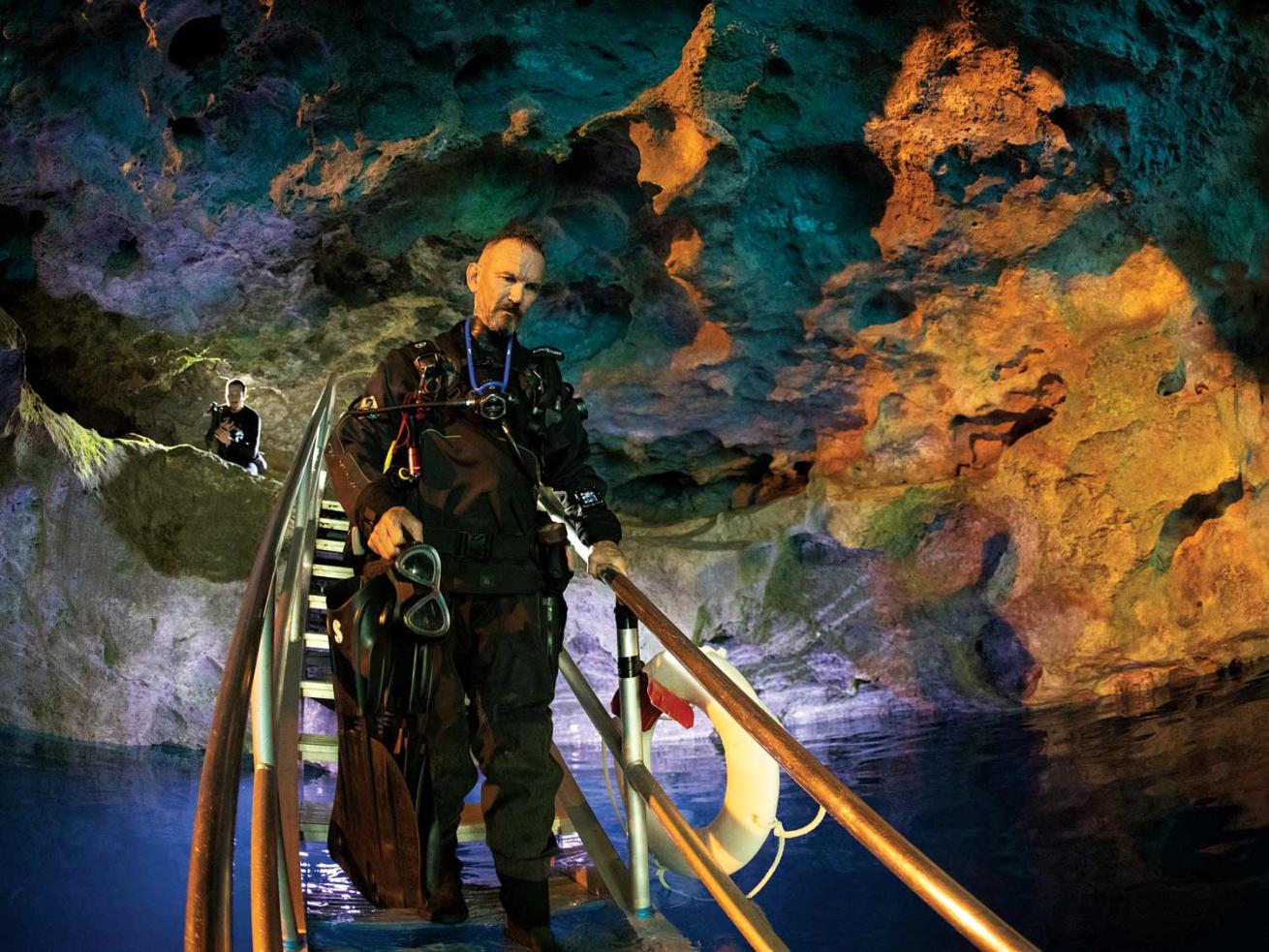
John Michael BullockWhen divers customize their equipment, beautiful relationships can blossom.
How do you feel about your dive gear? No, really feel?
It’s OK. You don’t have to be ashamed to admit that you love your gear. For many divers, the relationship they have with their equipment can legitimately qualify as intimate.
You’ve seen them, hovering around the dive shop, fondling fins, stretching wetsuits, and trying on masks — just to get a fix. On the boat, they’re the ones leering at your new computer and asking a lot of questions. And because they think about gear more than most, they’re also the divers who have figured out how to personalize their equipment to make it more functional, capable and comfortable.
For those who truly love their gear — and for everyone else who doesn’t feel as strongly — here’s a category-by-category inventory exploring a few optimization options for each.
Buoyancy Compensator
No matter what style of BC you dive, from a wraparound jacket to a minimalist back-plate-and-wing rig, there are simple tweaks and upgrades to make that cylinder interface more comfortable and capable underwater.
Trim pockets can increase your stability both underwater and on the surface by redistributing a portion of the ballast load to the back. These small pockets, which can be added to most tank bands, typically offer a low weight capacity for safety reasons (because they’re not ditchable like integrated weight pockets or a weight belt). A small number of pounds moved to the right place, however, can make a big difference in your trim and balance.
Attachment accessories are an easy way to increase the capacity of your BC, while also improving streamlining. Retractable keepers create easy access to instruments, lights and other devices, while preventing the dreaded dangling-hose syndrome that plagues many divers. And replacing breakable plastic clips with stainless-steel or brass bolt snaps or carabiners can help safeguard your expensive accessories from accidental loss due to catastrophic material failure.
Regulator
Life support is fundamental, and your choice of regulator was made with performance in mind. However, the best-breathing reg you can afford might not be the most comfortable for you. In that case, there are a number of aftermarket modifications that can improve your experience.
For divers who are susceptible to painful jaw fatigue or easily annoyed by hoses that won’t behave, a 360-degree swivel or 90-degree elbow adapter increases the range of motion between your reg’s second stage and the low-pressure hose to optimize the angle of dangle and add comfort.
Replacement mouthpieces are available in a wide variety of materials and configurations to accommodate divers with different-size mouths and other oral sensitivities. Heat-molded models allow divers to create a custom bite impression that personalizes fit and improves stability.
Other regulator modifications that might make you love yours a little more include braided hoses that are more durable and available in custom colors, long hoses that increase safety when buddy breathing, necklaces that improve hose streamlining, and color kits that include a faceplate, knob, exhaust port and other components for maximum coordination.
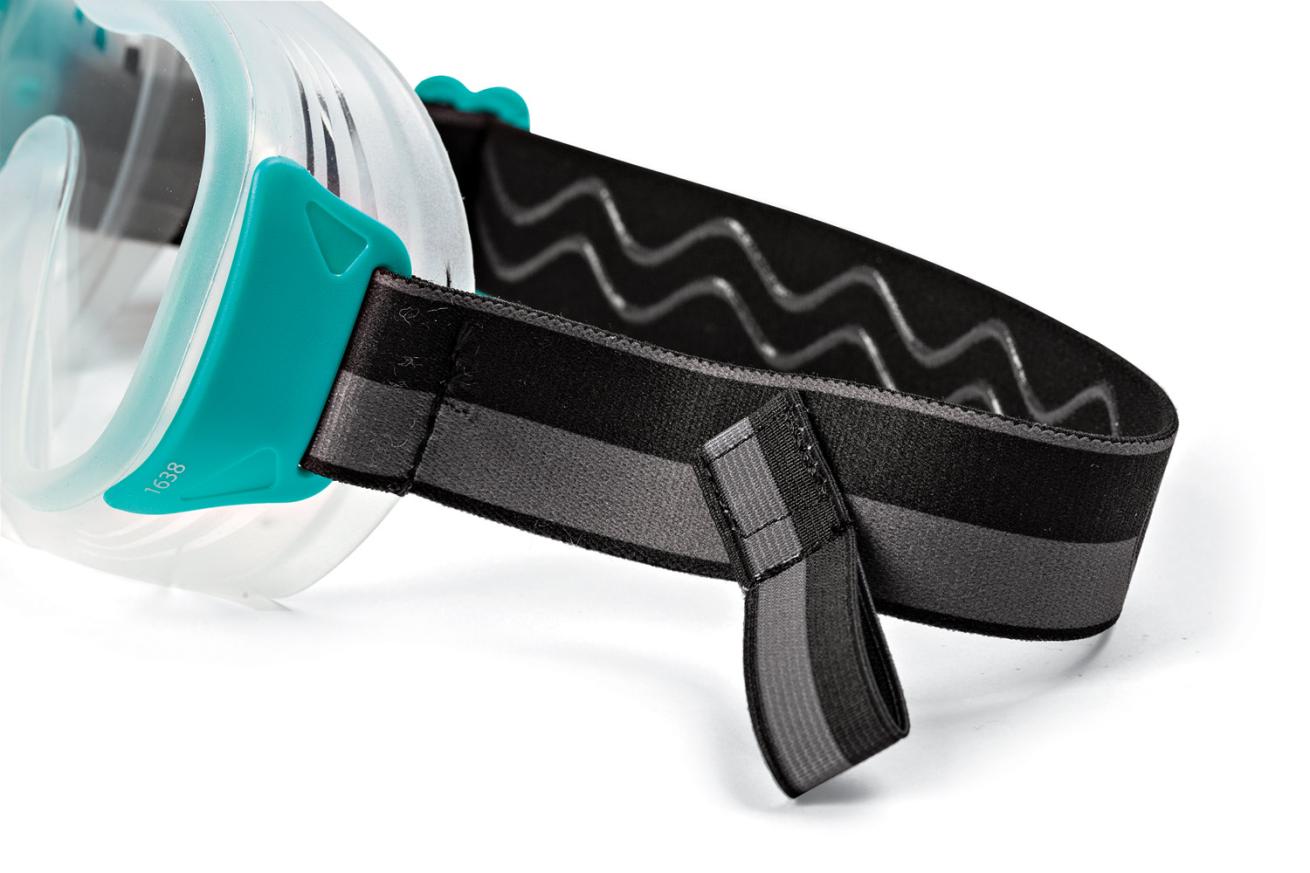
Jon WhittleTry trading out the stock strap for an aftermarket model that better conforms to the size and shape of your skull.
Mask
Modern mask technology has evolved far beyond the round external frames of Jacques Cousteau and friends. But as comfortable as they are, a few opportunities remain for personalized improvement.
For divers who wear glasses, corrective lenses and adhesive-backed lens inserts can provide critical clarity. For everyone else, try trading out the stock strap for an aftermarket model that better conforms to the size and shape of your skull. Some divers swear by neoprene mask straps, and the emergence of hair-friendly motocross goggle-style elastic straps is a promising innovation to consider.
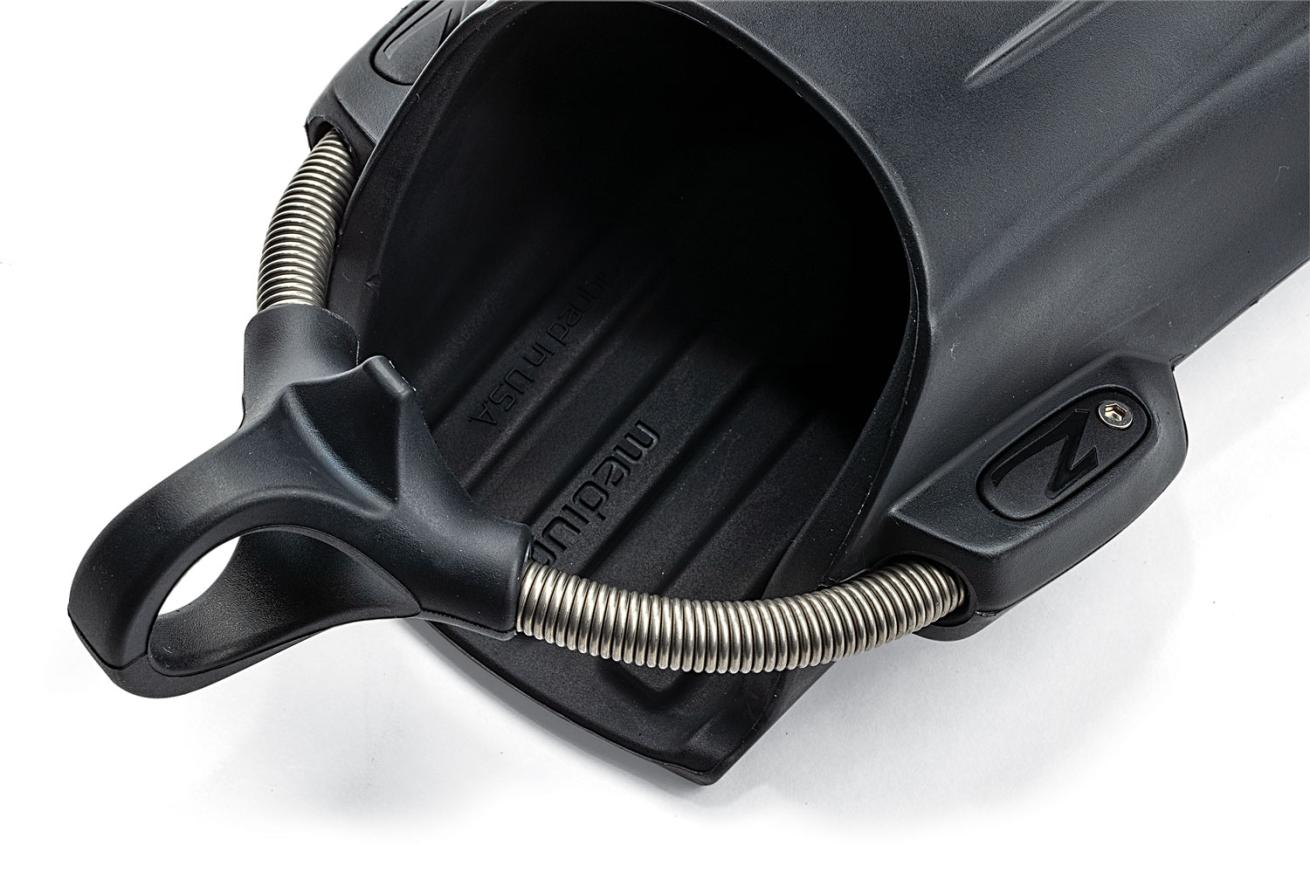
Jon WhittleTechnical divers have long known the advantages of spring straps.
Fins
Fins might seem less conducive to customization, but the few options that are available can make a sizable difference in your experience.
Technical divers have long known the advantages of spring straps. Typically constructed of tough stainless steel, the self-adjusting straps ease the donning and doffing process, as well as create a custom fit without the need for tugging to tighten. And in recent years, gear brands have advanced the technology of bungee straps to make them a lighter, more-flexible and more-affordable option for divers of all breeds. Today, spring and bungee straps are available in many configurations and price points, offering an impactful way to optimize open-heeled fins.
For divers who enjoy artistic expression, fin blades are a fun place for artwork or messages. Divemasters around the world have been known to write the words “Follow Me,” or similar cheeky phrases, on the bottoms of their fins. Permanent paint pens and erasable china markers are good options for adding a custom look or communication.
Read More: Scuba Diving Accessories
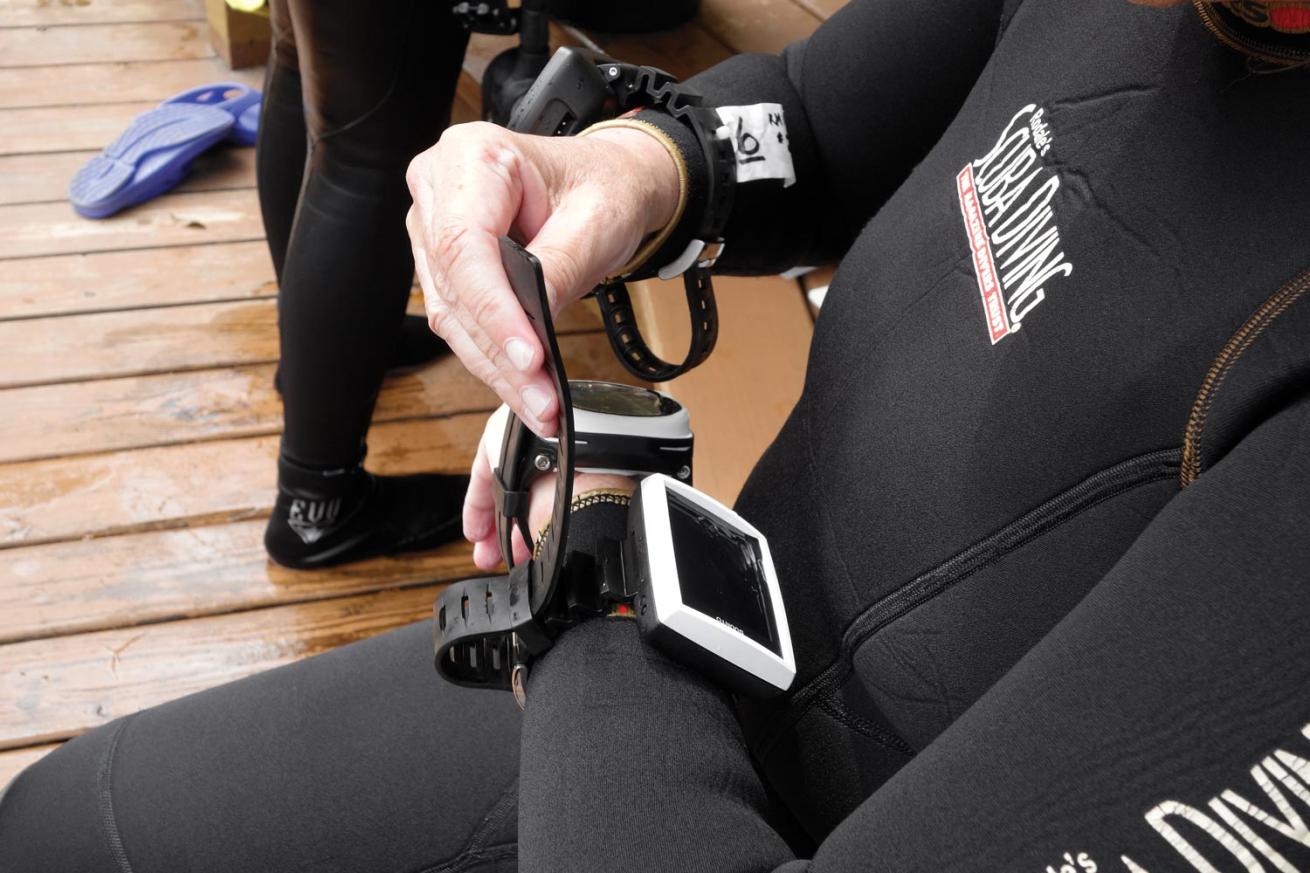
John Michael BullockMany divers prefer the custom fit of a bungee strap for their wrist-mounted dive computer rather than a traditional watch-style strap.
Instruments
Computers, gauges and other instruments are some of the most sensitive equipment in a diver’s kit, so protection is one of the most common customizations in this category. A stick-on or bracket-mounted screen protector that can save the face of your expensive dive computer or watch from scratching is a recommended upgrade for those challenged by gravity and prone to fumbles. Many divers prefer the custom fit of a bungee strap for their wrist-mounted dive computer rather than a traditional watch-style strap. And adding a quick-release adapter to the high-pressure hose feeding your air-integrated dive computer or gauge console can add convenience when washing, transporting or packing.
The Comfort Zone
Small gear tweaks make a big difference in your comfort and efficiency underwater.
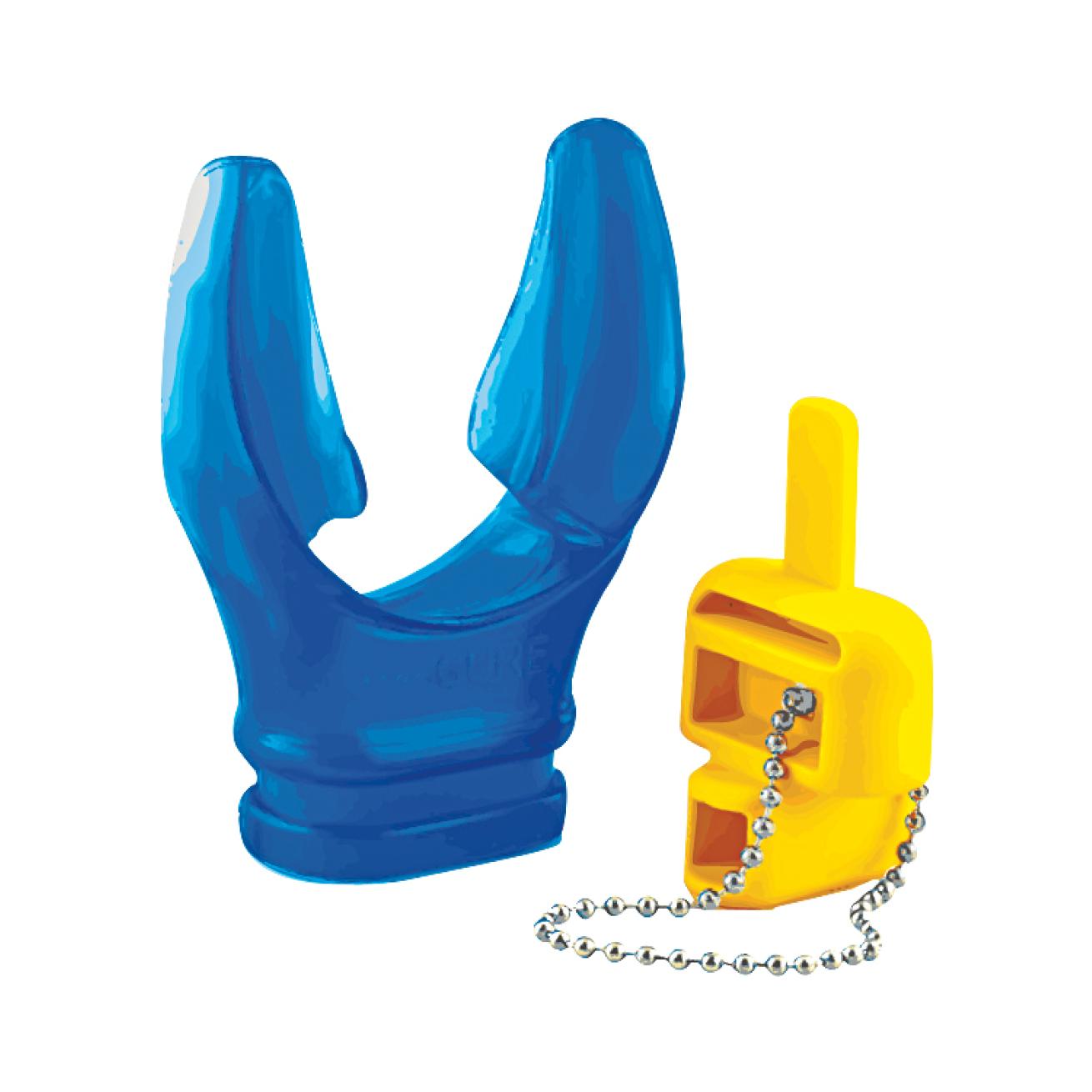
Courtesy Seacure$29.95; seacuremouthpiece.com
Seacure x Type Mouthpiece
For every diver who’s rubbed their jaw after a week of diving, feeling like they’ve gone a round with Mike Tyson, this mouthpiece is for you. The SeaCure allows you to simply mold the mouthpiece to your bite shape and cut it down to avoid uncomfortably scraping your mouth. The result? A snug fit on every dive and potentially less jaw pain down the road.
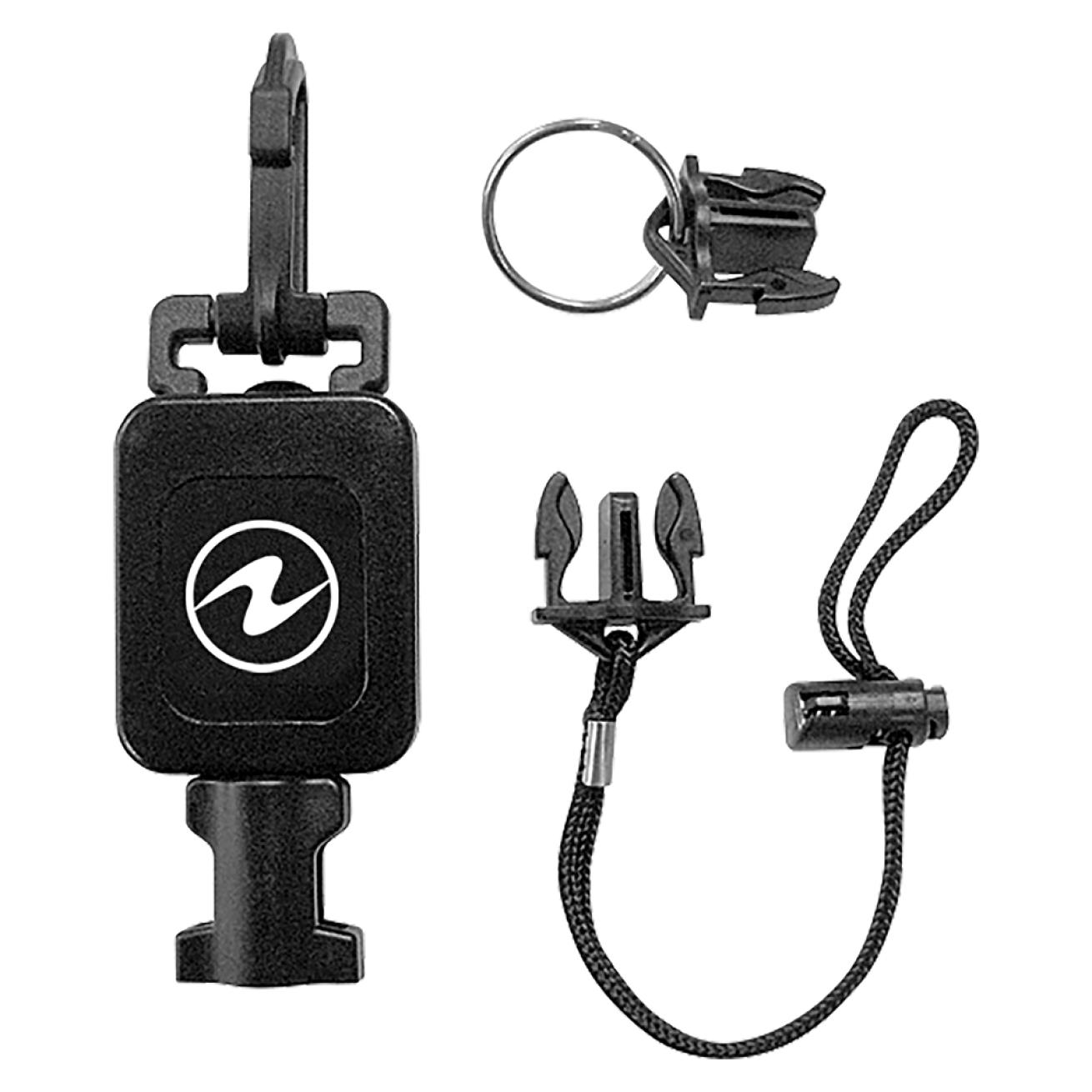
Courtesy Aqua Lung$46; aqualung.com
Aqua Lung Compact Retractor Kit
It might not always translate to our living spaces, but divers love to be tidy and efficient underwater. That means keeping your buddy close but your accessories and gadgets closer. Retractable clips, such as this kit from Aqua Lung, make it easy to keep your console or lights streamlined and close when you don’t need them, and convenient to pull out and use when you do.
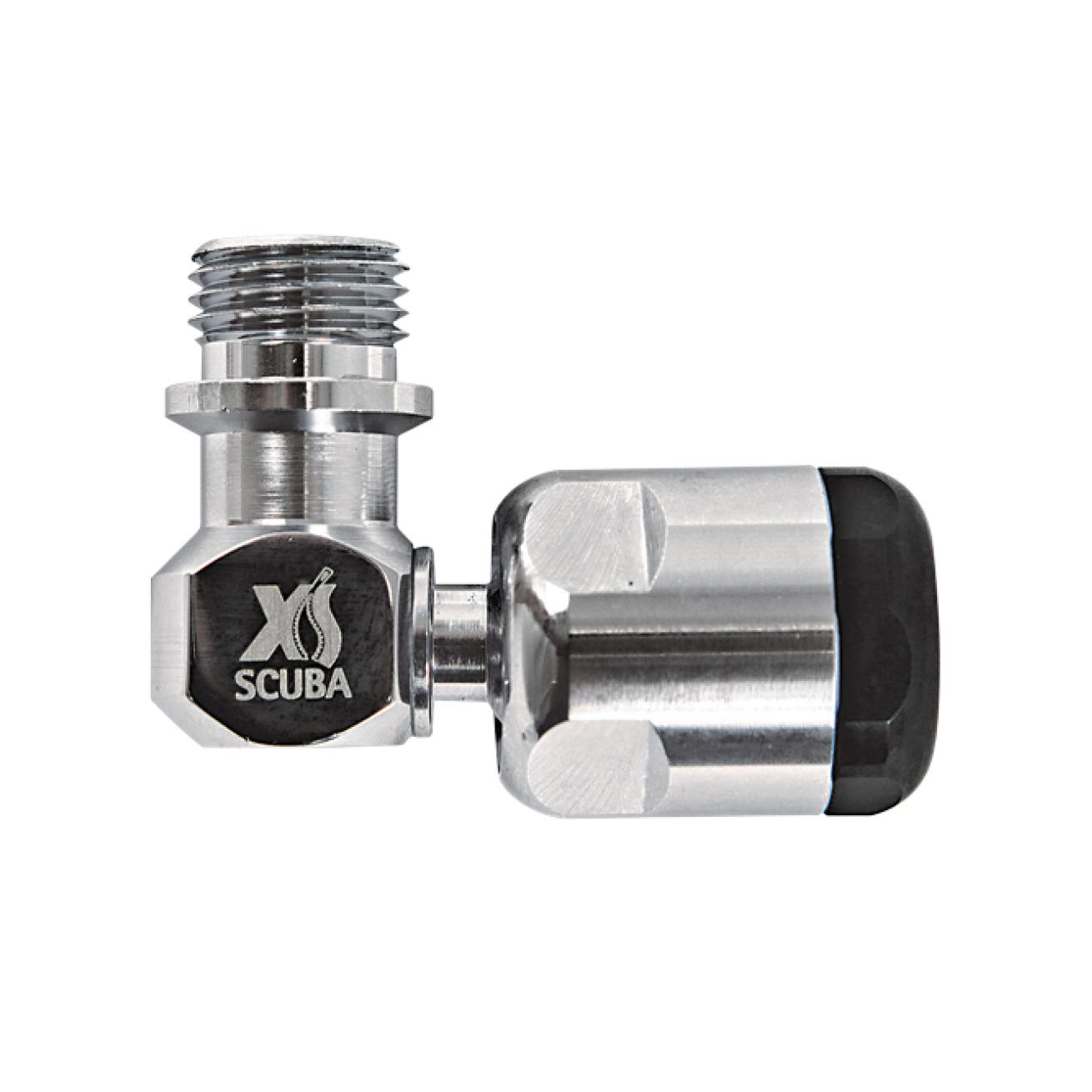
Courtesy XS Scuba$44; xsscuba.com
XS Scuba 90-degree Right-Agle Adapter with Swivel
It can be uncomfortable — and even jarring — to feel resistance or lose your second stage when you quickly turn your head on a dive. A right-angle adapter that connects between your second stage and hose could fix the problem, allowing more freedom of movement and less fatigue from a nagging hose.
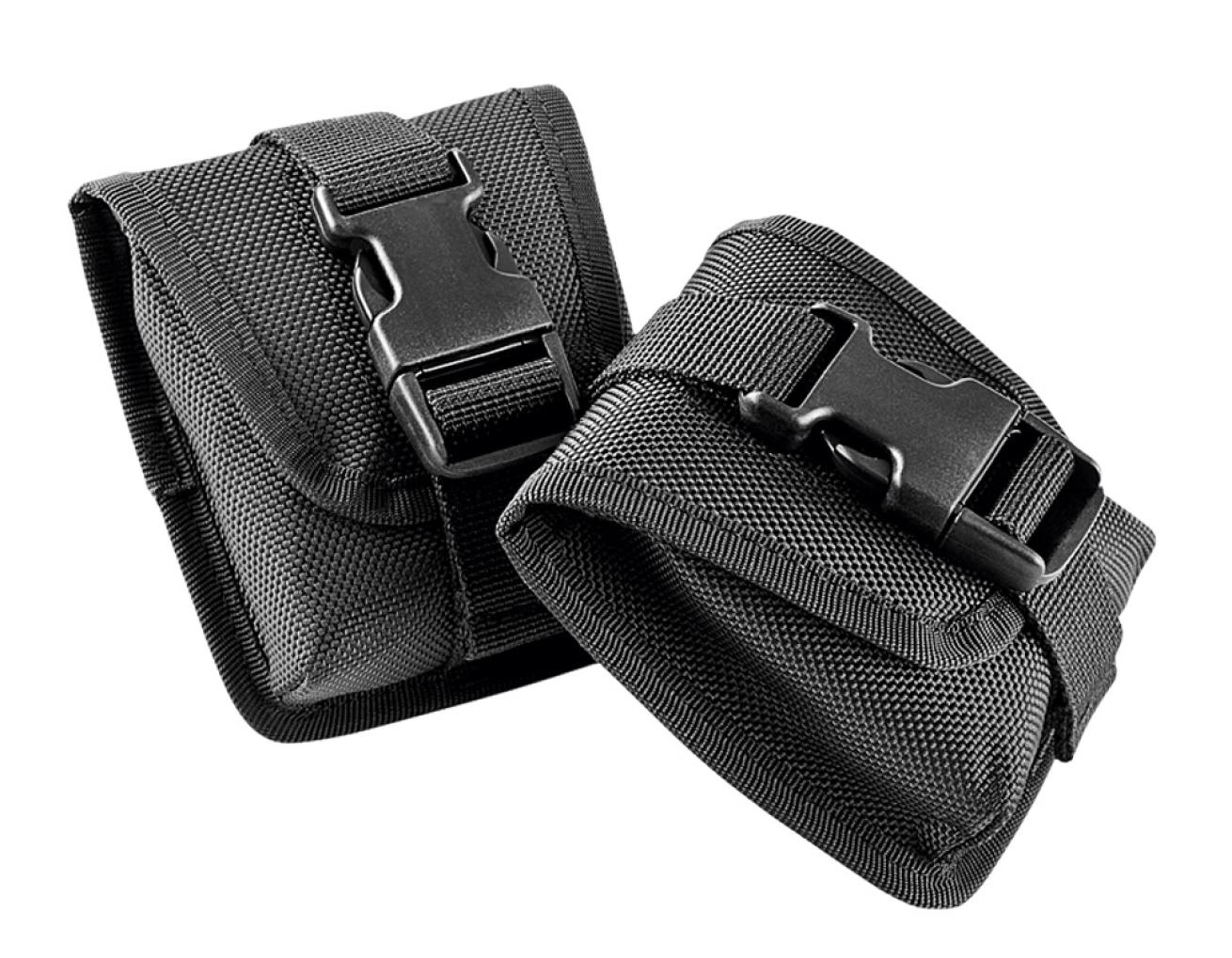
Courtesy Scubapro$40; scubapro.com
Scubapro X-tek Storage Counterweight Pockets
A few pounds of lead might not seem like much, but it can throw off your buoyancy if it’s in the wrong place. That’s why many divers opt for trim weight pockets to spread the distribution of weight for a more balanced feel. The X-Tek pockets can attach to your tank or waistband, holding 2 pounds each.
The Hack: Ask the Audience
Most aftermarket accessories can be installed with ordinary tools and basic aptitude — however, some upgrades are more complicated and might require specialized equipment. So, rather than winging it, tap the staff at your local dive shop. They’ll be happy to assist, and they might even open your eyes to other modification options you never considered. Your local dive shop is always a best bet for equipment questions, but for geographically isolated or socially awkward gearheads, the Scuba Diving Gear Discussion and Tips Facebook Group offers a broad and informed resource. With more than 1,100 members and growing, the group is a nonpartisan, nonsponsored resource of divers representing all shapes, sizes and sensibilities who can give advice for specific needs and issues, potentially in real time.

